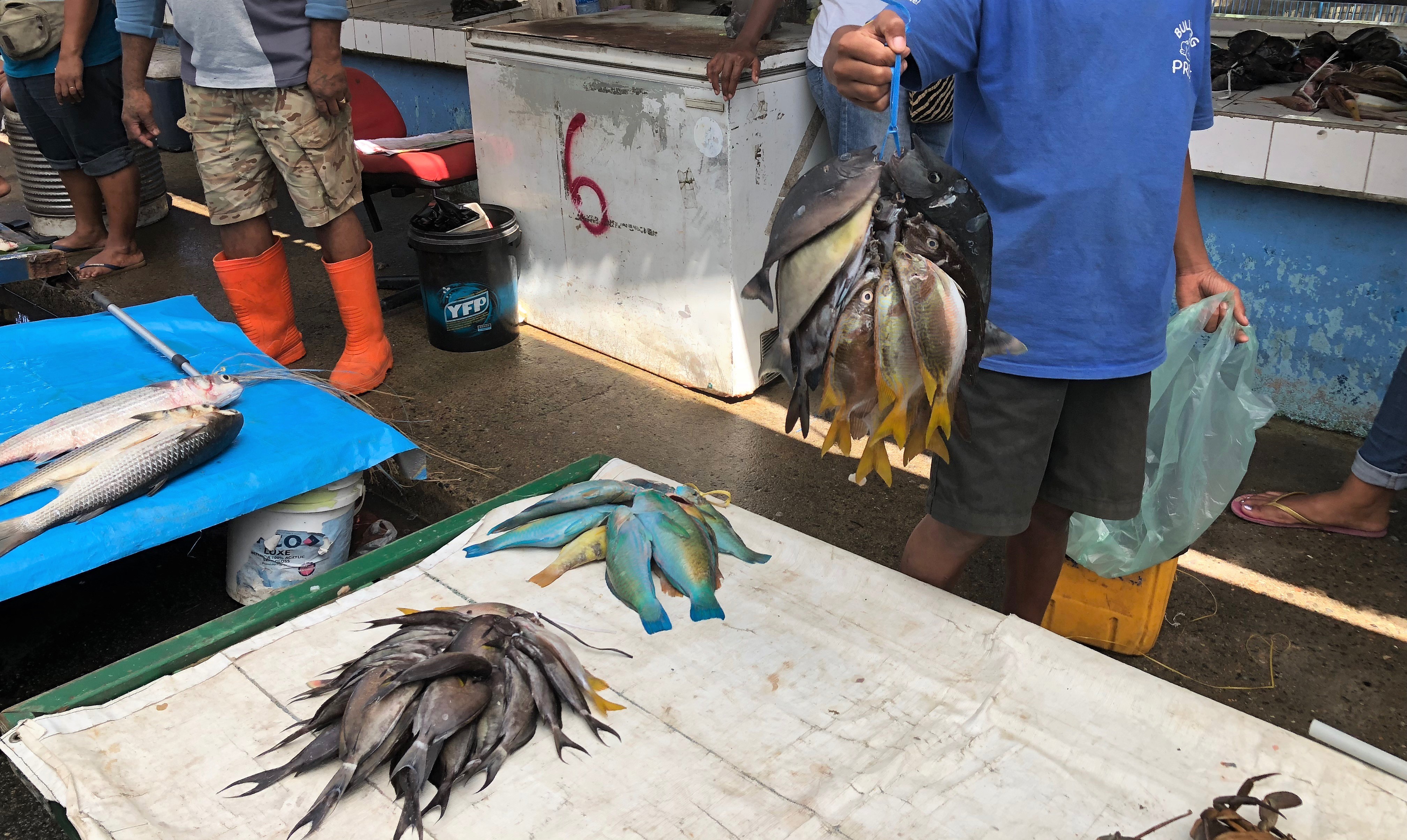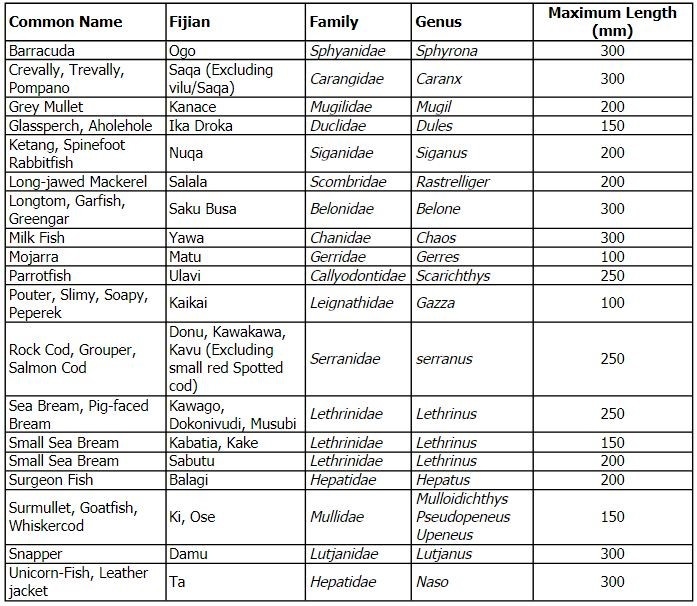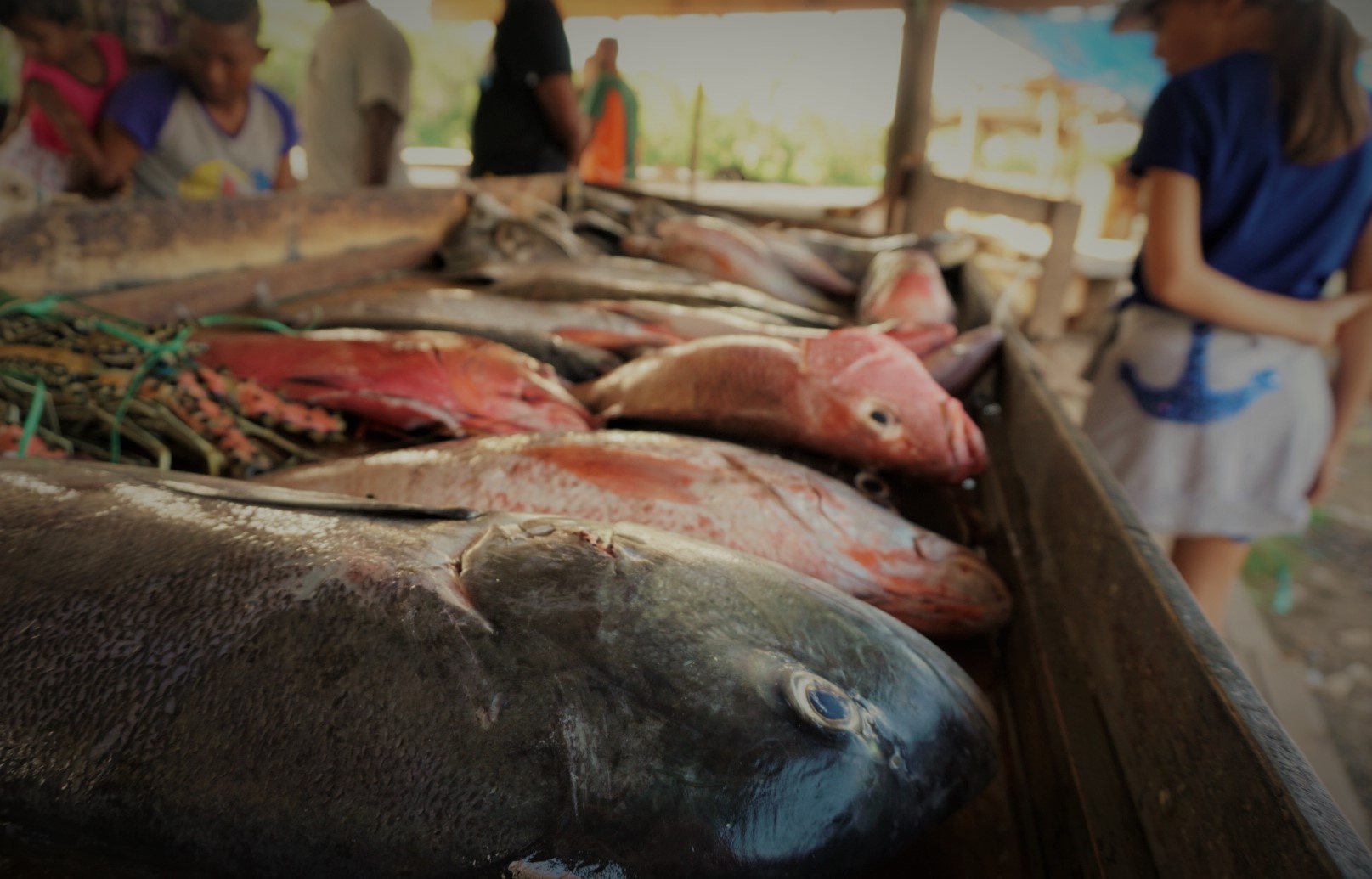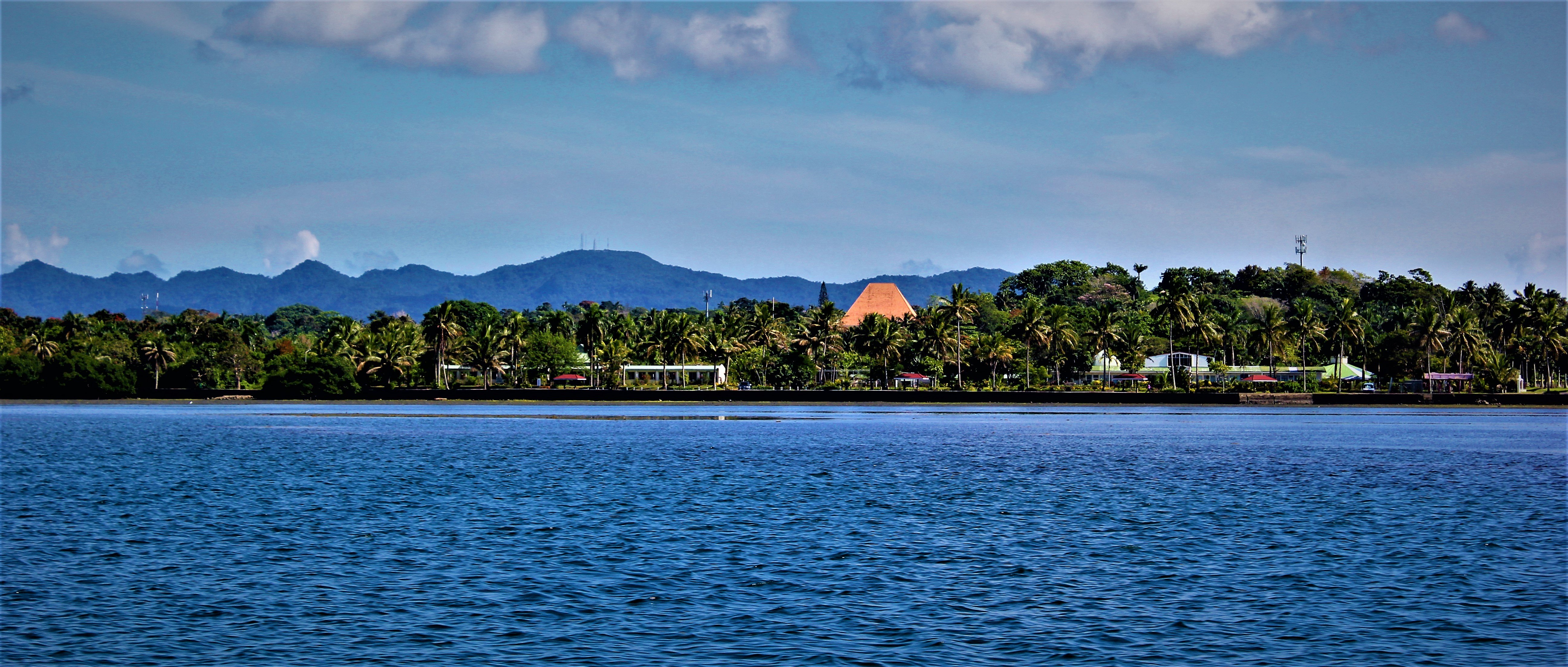The sustainable management of Fiji’s coastal fisheries is vital for national well-being and food security. One intuitive solution to improve nearshore and coastal fisheries is to enable fish to reach sufficient maturity so they have had the chance to breed before they are caught - in other words the adoption and enforcement of suitable minimum size limits.
The Fisheries Act, 1941 and Fisheries Regulations, at present, regulate nearshore fisheries using various mechanisms that include how fish may be caught, licensing and minimum fish sizes. However, recent work by fisheries scientists in Fiji suggest that the Regulations are out of date and not fit for purpose in the Fiji context. Fisheries scientists suggest that at present too many coastal and nearshore fish are being caught before they reach maturity and this is one reason that is contributing to a decline in Fiji's coastal and nearshore fish stocks.
In this bulletin, we consider the current law on fish sizes and the work being undertaken by fisheries scientists and the Ministry of Fisheries to address the question of what minimum sizes of fish should be caught in its coastal and nearshore waters.

Fish on sale in Suva Fish market, April 2018
Current Fisheries Regulation re: fish size limits
Amongst other things Fiji’s fisheries laws prohibit the killing, harvesting, sale or exposure for sale of any fish whose lengths are less than that which is set out in the Fisheries Regulations Sixth Schedule.
These size limits are measured from the point of the snout to the middle of the tail fin when the fish is laid flat (in mm) and are as follows:

As the final column of the table shows, the term “maximum” is used instead of “minimum” in reference to the size limits. The usage of this term regardless of the express wording in the Fisheries Act, is confusing and could foreseeably lead to difficulties in enforcement.
In addition, fisheries scientists point to a number of serious issues with the details relating to species and sizes of fish in the current Regulations that we expand on below.
Scientific evaluation of current fish size limits and what they should be in the Fiji context
Commencing in 2014, a team of fisheries scientists and marine biologists led by Dr Jeremy Prince of Biospherics Pty Ltd began to collect data to determine the appropriate fish size limits based on the size at maturity of fish in Fiji in accordance with a scientific method developed by Dr Jeremy Prince.
Participants assisting Dr Prince, included representatives from the Ministry of Fisheries, Wildlife Conservation Society (WCS) and World Wide Fund for Nature (WWF) and fishing communities that they work with.
On the basis of their data collection and assessment, the fisheries scientists have determined that the current size-based Fisheries Regulations may not be fit for purpose for various reasons, including:
- the listing of inaccurate family and genus names of fish, some of which are incorrectly spelled
- the current regulations are not comprehensive and omit numerous species of fish, including fish that are commonly caught in Fiji as well as some that are endangered nationally or globally
- the current minimum size limits do not correctly reflect the actual size of maturity of fish found in Fiji’s coastal waters, the implication of which is that realistically, the harvesting of certain juvenile fish is not prohibited by law.
Based on the work of the fisheries scientists, it has been suggested that the current minimum size limits be revised with the introduction of six minimum size classes: 25, 35, 45, 55, 70, and 90 cm that could be applied across the 6 main groups of fish that are commonly caught in Fiji’s nearshore and coastal waters. The scientists’ view is that the adoption of these new size limits (if they are followed and enforced) will enable Fiji’s commonly caught fish stocks to reach maturity and therefore breed.
The Regulation making process
At the present time, the Fisheries Act, 1941 and Regulations are being applied to regulate fishing activity in nearshore fisheries waters as well as fish sold in Fiji’s market places. Regulation 18 of the Fisheries Regulations, provides that the current size limits in the Sixth Schedule (set out above) apply to anyone who kills, takes, sells or offers or exposes for sale any fish.
If, as the science is suggesting, the minimum size limits should change, then the regulatory changes that increase minimum sizes for fish that may be legally caught and sold will have far reaching impacts on many people including: communities, fisher folk, the fishing industry, fish sellers, market vendors and the general public.
Due to the potentially wide reaching impact of these legal and regulatory changes, it would be advisable from a common sense and an administrative law point of view to ensure wide ranging consultation with all affected parties regarding new fisheries laws. This consultation should be led by the Ministry of Fisheries, and provide sufficient time for interested parties to provide their input into the proposals to change the minimum fish sizes.
This consultation could be supported by various stakeholders and NGOs to enable the important scientific reasons for any regulatory changes to be discussed. The potential advantages of a consultation period are:
- Increased acceptance of the scientific reasons for the new fisheries regulations if they are brought into force under the appropriate Act
- Discussion of mitigating measures that could reduce the impact of any regulatory changes on subsistence communities and others
- Further consideration regarding the current proposal to focus the imposition and enforcement of the new minimum size limits on the commercial buyers of fish at the point of sale rather than an initial focus on subsistence fishers
- Any other relevant considerations.
Concluding remarks
There seem to be sound scientific reasons to update Fiji’s Fisheries law on minimum fish sizes that can be caught in Fiji's coastal and nearshore waters and sold in its market places.
Therefore, the collaboration between the Ministry of Fisheries, fisheries scientists, NGOs and communities to determine the various fish sizes at maturity in Fiji's coastal and nearshore waters seems like a positive step towards an overall goal of more sustainable coastal and nearshore fisheries.
However, fisheries laws are only effective if they achieve general support and are capable of enforcement, and perhaps the best way to achieve the overall goal of more sustainable fisheries is to ensure general understanding from Fiji’s interested public for the reasons why changes to Fiji's Regulations on minimum fish sizes may secure more sustainable fisheries in the long term.

Fish on sale in Labasa fish market
This legal bulletin is not, and should not be relied on as, legal advice. It is provided for information purposes only.



